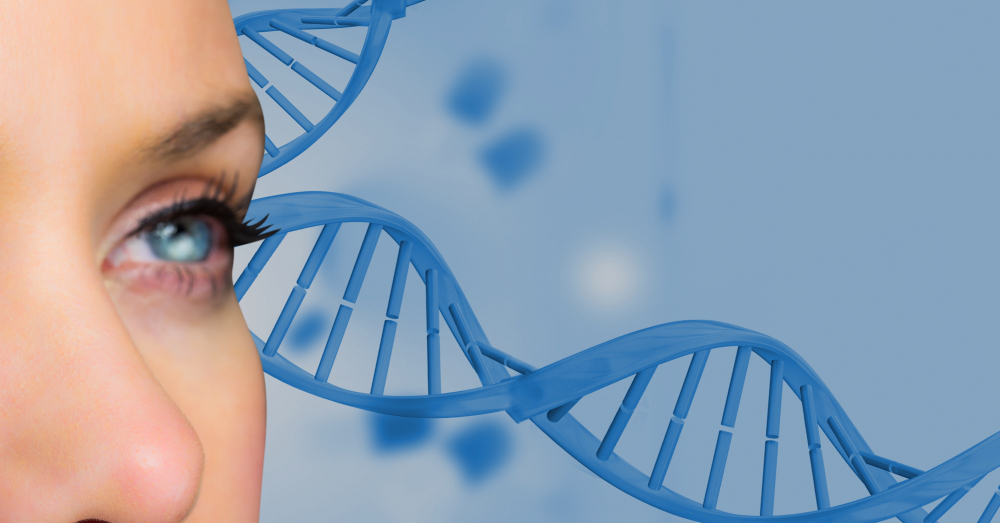Skin DNA
Skin DNA Testing
Second consultation- Payment of $30 is due. This will take place once
the results have returned to the studio (about 2 weeks). The results and
a skin health consultation will be discussed. You will then be provided
with a treatment plan and a home care prescription that supports the
SkinDNA and from the consultation findings. $30 can be redeemed if 3
or more products are purchased on the day of the second consultation.

$190
5 major causes of skin aging
O Cosmedics was designed on the threshold of medicine to treat the five major causes of aging: Collagen Breakdown, Photo Defence, Oxidation, Inflammation and Glycation.
Without a committed and active approach, combining the application of a corrective homecare skin health routine and regular in-clinic O Pro Dermal Planning and O Pro Dermal Active Treatments, these five causes and their domino effect will ultimately lead to deterioration of skin health, resulting in compromised skin function and visible early onset aging.

Collagen breakdown
Collagen and elastin fibers are the foundations which give skin structure, support, flexibility, and hydration. Imagine them as the foundations of a house, the stronger, healthier, and more supportive they are, the longer the longevity and integrity of the home. The structural support system of the skin, collagen and elastin begins to break down quite early in life and requires specific key ingredients to ensure constant renewal and protection

Photo Defence
Photo-aging is a term used to describe the damaging effect of repeated sun exposure over a period of years without adequate protection and most importantly, prevention. The harsh climate in which we live, and love contributes to almost 90% of the visible signs of premature aging, hyper pigmentation and skin cancer and these damaging symptoms are prevalent amongst all of us. UV exposure contributes to the oxidation and destruction of all skin cells and the cells responsible for synthesising collagen and elastin, resulting in an inability for these cells to repair themselves and in turn function the way they were created to.

Oxidation
When defining oxidation, think of how a sliced apple begins to turn brown when left out in open air. Oxidation is when the internal processes and structure of a live object (in context to the skin) are destroyed by environment, the air in which we breathe and the pollution within it. Oxygen molecules split and turn into free radicals which are tiny molecular scavengers with one job in mind: to destroy the natural tissues within all layers of skin. Once inside the skin (like the sliced apple) these free radicals will break down the cells structure, mutate their processes and ultimately lead to a break down in cell-to-cell communication. If the cells of our skin cannot communicate, they continue to fall apart. Antioxidants are the antidote to free radical damage and, whilst the body can produce its own antioxidants, it is simply not enough without topical support.

Inflammation
Inflammation is classified in two ways: acute and chronic. The acute inflammatory process that skin undergoes is essential in wound healing and differs dramatically to chronic inflammation. Think of acute inflammation as an open wound or cut that essentially heals itself: a natural process. Chronic inflammation is the subtle and constant inflammatory process happening unbeknown to the naked eye and without an actual wound. Where there is chronic inflammation the skins immune system is impaired leading to the inability to heal and protect against invading organisms and allowing bacteria to enter the skin which leads to premature aging due to the constant breakdown of all skin structures and processes.

Glycation
It saddens us to confirm that excessive sugar does lead to accelerating aging, as skin is literally fed the contents of our gut through the circulatory system. When there are excess sugar molecules in the body they find their way to the collagen and elastin fibers within the skin and attach themselves. This binding to these important fibers leads to them becoming rigid, less elastic and dried out and therefore with an inability to regenerate into healthy fibers again, which ultimately leads to the skin presenting with deep wrinkles, loss of volume and a thinner appearance.
